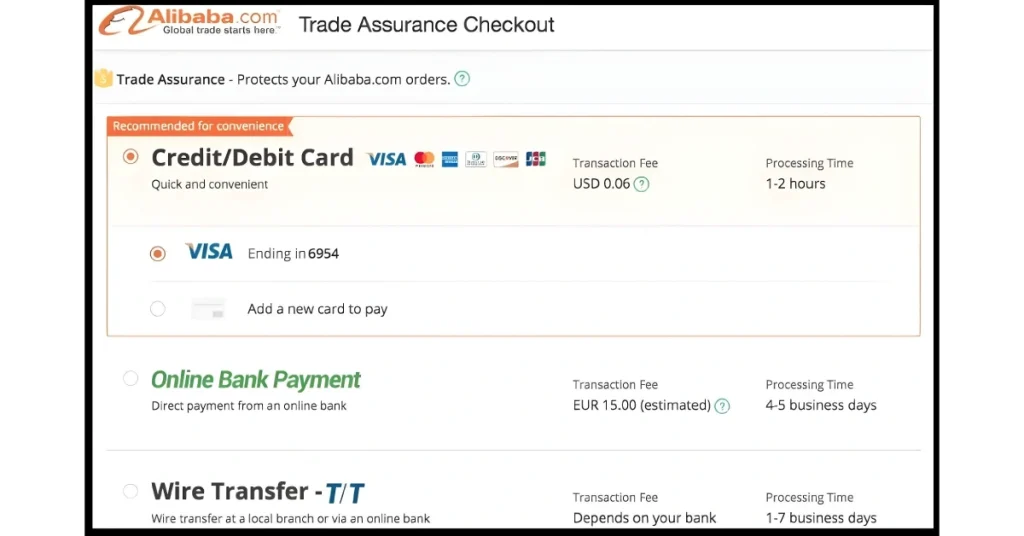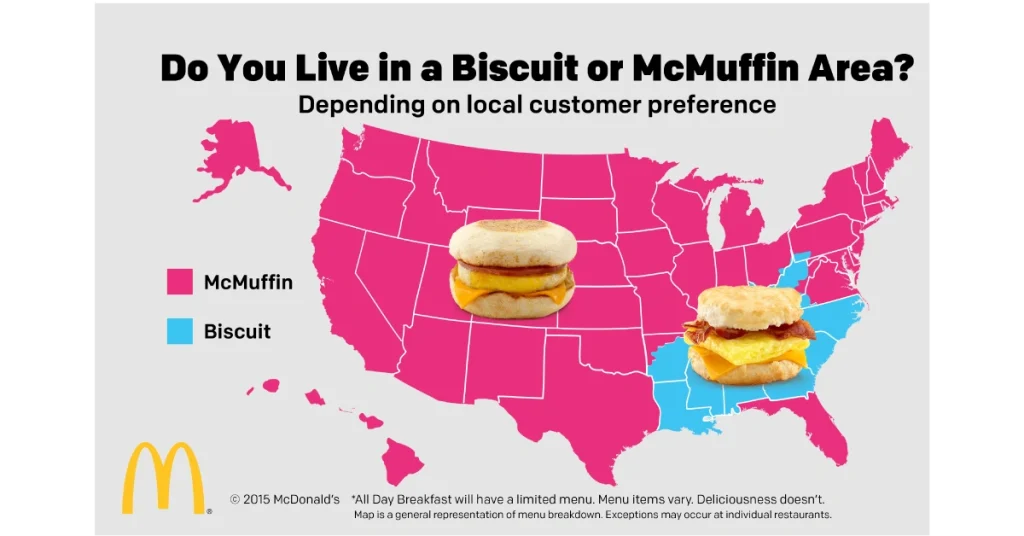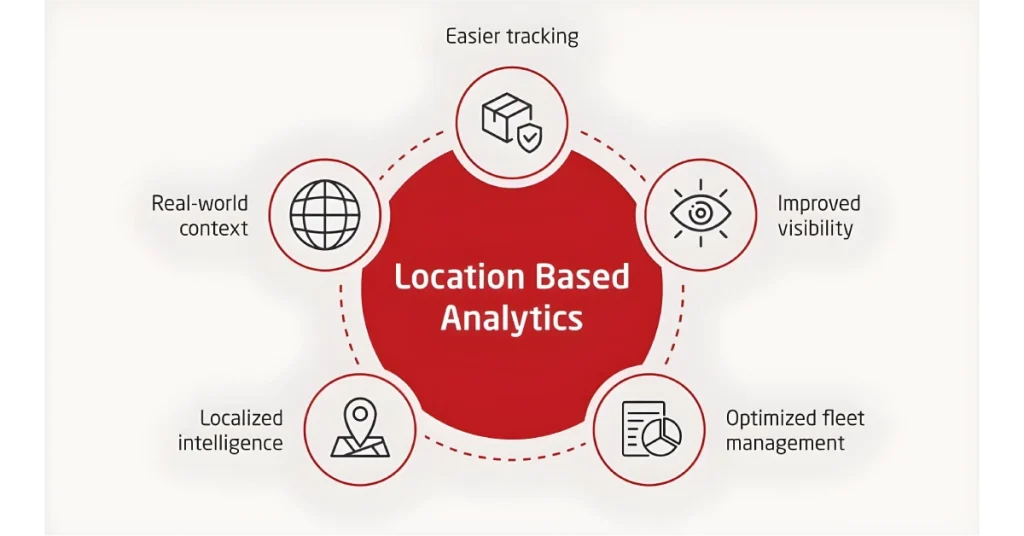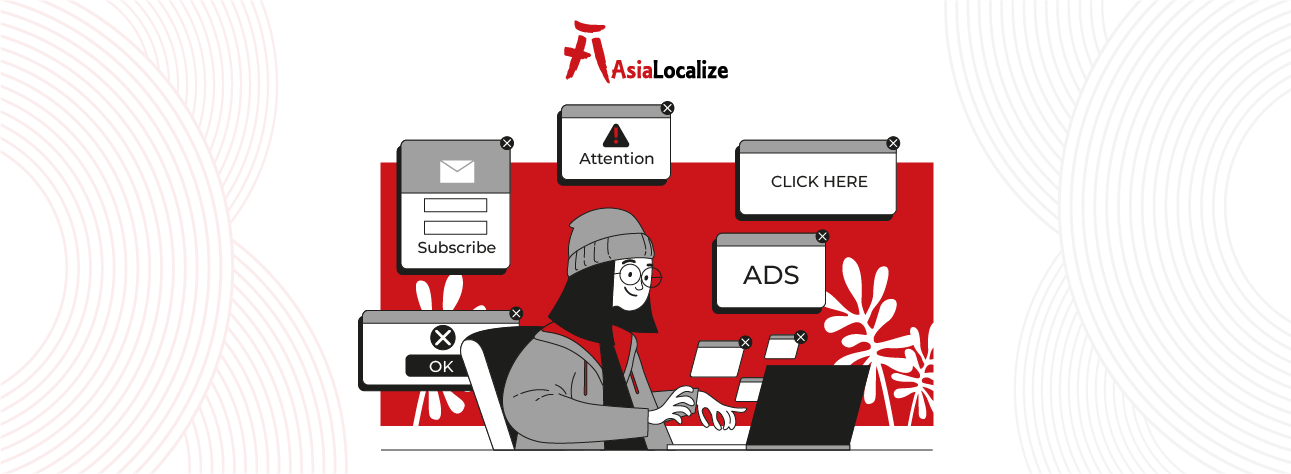Ever feel like some brands just “get” you, even when they’re halfway across the world? That’s not a coincidence. It’s the magic of hyper-localization at work.
Reaching people isn’t the hard part; it’s making them feel seen, heard, and understood. Hyper localization means going beyond simple translation to shape content that speaks the local language, taps into cultural cues, and feels genuinely personal, whether your audience is in Beijing, Tokyo, or a small town in Texas.
In this post, we’ll break down what hyper-localization means, why it matters, and how it can help your business grow by building real connections, one region at a time.
Understanding the Building Blocks of Hyper-Localization
If you’ve ever seen a campaign that felt like it was made just for your city, or even your neighborhood, you’ve seen hyper-localization in action.
But what exactly sets hyper-localization apart from traditional localization, and what makes it work so well? Let’s break it down.
What is Hyper-Localization?
While localization focuses on adapting content for a broader market, like a country or a language group, hyper-localization takes things a step further. It narrows in on specific communities, regions, or even zip codes, making sure your message lands in a way that feels personal and familiar.
Key Components of Hyper-Localization
Hyperlocalization works because it brings together cultural sensitivity, linguistic precision, and smart use of technology to craft messages that feel tailor-made. At its core, it’s about relevance: making sure every interaction feels timely, familiar, and rooted in the local experience. Here’s what makes that possible.
Cultural Relevance
No two communities are exactly alike. What resonates in one region might fall flat in another. That’s why cultural relevance is at the heart of hyper-localization. It means shaping your message to reflect local customs, values, holidays, and even humor, so your content feels natural, not foreign.
Local Language and Dialect
Speaking the right language is a good start, but speaking it their way is what builds a real connection. Hyperlocalization involves more than just translation; it’s about using the specific words, idioms, and expressions that people use in daily life. Whether it’s a regional saying, a local nickname, or the tone of voice that fits a city’s personality, these details make all the difference.
Smart Geotargeting in Hyper-localization
Technology makes it possible to tailor content to exact locations, and hyper-localization puts that power to good use. With geotargeting tools, brands can deliver region-specific offers, events, or messages at just the right moment. Whether it’s a special promotion for Seoul, a pop-up invite in Beijing, or a weather-based campaign in Tokyo, geotargeting ensures your message hits home literally.
| Make your brand feel at home, anywhere. Explore our localization services. |
The Benefits of Hyper-Localization for Global Businesses
Consumers are constantly bombarded with messages! Yet, the brands that stand out are the ones that feel personal. Hyper localization allows businesses to speak directly to local audiences, not just in their language, but in their voice, context, and culture.
1. Enhanced Customer Engagement
When people feel like a brand “gets” them, they’re far more likely to listen, engage, and stay loyal. Hyper-localized advertising taps into regional culture, habits, and emotions, creating messages that feel familiar and sincere.
Think of Coca-Cola’s regional label campaigns, where bottles featured popular local names. It wasn’t just a gimmick; it was a powerful gesture of personalization that sparked conversations and emotional responses across different countries.
2. Enhanced Customer Engagement
When people feel like a brand “gets” them, they’re far more likely to listen, engage, and stay loyal. Hyper-localized advertising taps into regional culture, habits, and emotions, creating messages that feel familiar and sincere.
Think of Coca-Cola’s regional label campaigns, where bottles featured popular local names. It wasn’t just a gimmick; it was one of their powerful localized marketing strategies that sparked conversations and emotional responses across different countries.
3. Competitive Advantage in Global Markets
In a sea of sameness, relevance becomes your superpower.
While many brands go broad, hyper-local strategies go deep. By targeting specific communities and addressing their unique preferences, companies can rise above the noise and win customer trust in ways that generic messaging simply can’t.
For example, in e-commerce, tailoring offers based on local shopping behaviors, like regional holidays, payment methods, or delivery preferences, can dramatically improve conversion rates.
4. Avoiding Cultural Missteps
One poorly localized message can damage brand perception faster than you think. From mistranslations to tone-deaf campaigns, history is full of examples where brands missed the cultural mark and paid the price.
Hyper-localization minimizes that risk by adapting content for local markets. It’s the difference between fitting in and standing out for the wrong reasons.
Steps in Hyper-localization
Hyper-localization doesn’t happen by accident; it’s a thoughtful, layered process that combines strategic insight with cultural empathy. Here’s how to get it right from the ground up:
How to Implement Hyper-localization Successfully
1) Conduct In-Depth Market Research
Before you can tailor content, you need to know who you’re speaking to. That starts with digging into local demographics, shopping habits, and cultural values. Go beyond the numbers, tap into local conversations, trends, and behaviors that shape how people engage with brands in their region.
Consider organizing local focus groups or community surveys to gather real-world insights. These can help uncover subtle language preferences, regional expressions, or even emotional triggers that data alone might miss. The more you understand your audience, the more naturally your message will land.
2) Adapt Content for Local Markets
Once you’ve built a clear picture of your audience, it’s time to reflect that understanding in your content. That includes not only what you say, but how it looks and feels. Visuals, colors, symbols, and even the pacing of your messaging can carry different meanings depending on the region.
Pay close attention to linguistic details. The right idiom or local phrase can instantly make your content feel familiar and genuine. On the other hand, missing the mark, even slightly, can create distance or confusion.
3) Leverage the Right Tools with a Human Touch
Technology plays a valuable role in scaling hyper-local efforts. Tools like geotargeting platforms allow you to deliver content tailored by location, while advanced localization software can help streamline regional adaptation across platforms.
But no matter how smart the tools are, human insight is irreplaceable. Native-speaking experts, local consultants, and cultural reviewers bring the context, tone, and nuance that automation can’t replicate. Hyper-localization succeeds when data meets local wisdom, and the result feels natural, not manufactured.
| Go beyond translation; our website localization services help your site feel local, everywhere. |
Hyper Localization in Action
A buzzword? No, hyper-localization is a strategic approach that global brands are leveraging to connect deeply with local audiences.
Hyper Localization for E-commerce
Amazon and Alibaba exemplify how e-commerce giants utilize hyper-localization to enhance user experience and boost sales.
- Amazon employs hyper-local strategies by adapting product listings, pricing, and promotions to align with regional preferences. This includes modifying product descriptions, images, and specifications to resonate with local cultures and consumer behaviors.
- Alibaba: During its annual Singles’ Day event, Alibaba provides tailored discounts and product recommendations based on localized consumer data, creating deeply personalized shopping experiences for different regions. This hyper-local approach has paid off in a big way in 2021, Alibaba’s Singles’ Day GMV hit an all-time high of
- USD 84.54 billion, marking an astonishing increase of over one million percent (1,083,746%) in just 12 years, and an 8% rise from the previous year.
Hyper Localization in Marketing Campaigns
McDonald’s showcases hyper-localization through its menu adaptations and hyper-localized advertising.
In India, McDonald’s introduced the McAloo Tikki and Paneer Maharaja Mac to cater to local vegetarian preferences, reflecting cultural and dietary norms.
Coca-Cola’s “Share a Coke” campaign personalized bottles with popular local names, fostering a personal connection with consumers and boosting engagement across various markets.
| From local buzz to global impact, supercharge your reach with smart international marketing. |
Tools for Hyper Localization
Implementing hyper-localization at scale requires a blend of advanced technologies and human insight.
Real-Time Location Insights
With location-based analytics, businesses can understand where their customers are engaging from and how their behaviors vary from one region to another. This allows for smarter decision-making when it comes to content placement, product offerings, and even timing.
Instead of guessing, brands can act on live, hyper-specific data to meet customers in their moment.
Automated Language Adaptation
AI in hyper-localization is now capable of going beyond word-for-word conversion. They adapt tone, phrasing, and even idiomatic expressions to match regional dialects and cultural norms.
Dynamic Content Personalization
Modern personalization engines can adjust a website’s content based on a visitor’s location, browsing behavior, or language preferences.
In the end, relevance wins! When your content feels like it was made for someone, not just translated to them, everything changes: engagement deepens, loyalty grows, and your brand stops being “foreign” and starts feeling familiar.
At AsiaLocalize, we believe that great global communication starts with local understanding. As a 12-year dedicated translation and localization company, we help brands move beyond one-size-fits-all messaging to create content that feels natural, personal, and relevant, no matter the market.
| Stop sounding foreign. Start feeling familiar. Explore our hyper-localization solutions. |








